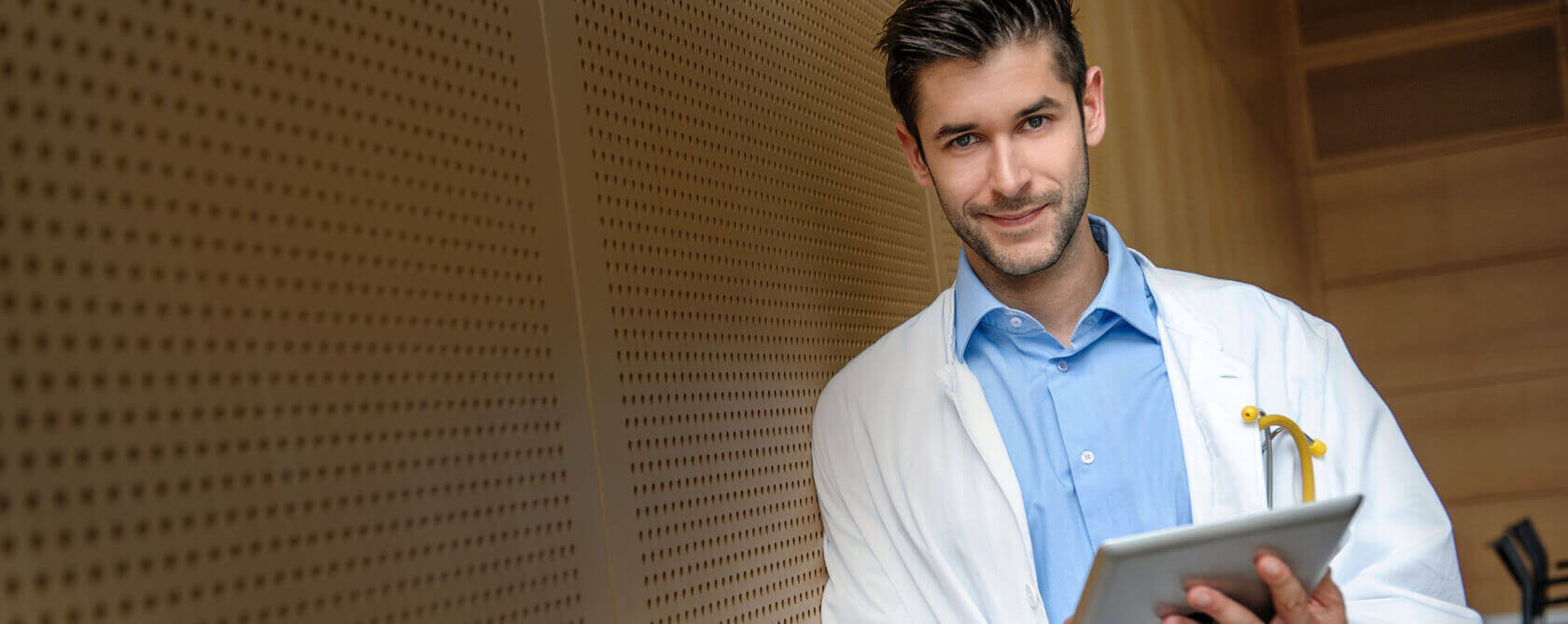What Are Bed Transfers?
A bed transfer is when you assist a bedridden person in moving from their bed to a chair or wheelchair or commode chair. You may also assist in getting him or her back into bed. The pivot transfer, scoot transfer, and slide board transfer are all options. With any of these transitions, a gait belt can be employed. When mobility issues make it difficult or impossible to securely move from one chair, bed, wheelchair, or commode to another place, a transfer device makes the transition safer and more comfortable for the patient and caregiver.
Moving a patient is a typical duty for a caregiver, as well as one of the most physically taxing. Assistive patient transport devices prevent caregivers from overexertion, injuries caused by incorrect or excessive heavy lifting, while also keeping the patient safe throughout the transfer.
Types of Patient Transfer Devices
Stand-up lifts and sling lifts are the two most common types of patient lifts. There are several options available to meet the individual demands of patients, and the optimum option is determined by their level of mobility, weight-bearing capacity, and upper body strength.
• A stand-up lift is intended for individuals with limited mobility who require assistance getting up from one seat and transferring to another. The patient must have sufficient upper body strength to grab the grip handles and bear weight during transferring while maintaining both feet flat on the footplate.
• Sling lifts are used to help people who are handicapped or weaker as a result of sickness or accident. They are especially beneficial in moving heavier patients, lifting them without exerting physical pressure on a janitor. These portable patient lifts can be operated by a single person, simplifying and lowering the cost of in-home care.
The Most Effective Patient Transfer Device
Electric Full Body Patient Lift
It is a portable electric patient lift that allows caregivers to easily transfer a patient from a bed to a commode chair. This flexible sling lift prevents caregivers from harm while offering a comfortable transfer to the patient. It can withstand years of use. The rear casters include simple locking brakes that hold them securely in place. Its modest base height and foldable construction make it simple to store.
This tiny elevator works effectively in a home care situation for limited areas, moving in and around furniture and in and out of bathrooms. The sling is linked to a 6-point spreader bar, and the patient can be shifted to a commode chair or bed in either an upright or reclining position. If you need patient lift assistance that is simple to use by one caregiver it is an excellent choice.
Easy Sit-to-Stand Lift
It’s made for those who don’t have much lower-body strength but have enough upper-body strength to pull themselves up using grab bars while lifting. This sit-to-stand lift is designed to support people for transfers between the bed, chair, commode chair, or wheelchair. It is also beneficial for aiding patients with dressing. It includes adjustable knee pads as well as an optional back strap for further support. It is made of heavy-gauge steel and is designed to raise patients from a sitting to a standing position swiftly and safely. It is robust and fits under most beds and around most chairs because of its low base height and spread proportions.
Users must be able to support at least 60% of their weight to operate this patient transfer equipment properly. This portable patient lift works effectively for patients who can support the majority of their weight and can hold the handles throughout the raising process for a rapid, seamless transition from sitting-standing to sitting elsewhere.
Sara Stedy Patient Transfer Aid
The Sara Stedy Patient Transfer Aid is the final item on our list of the best patient transfer devices. It is designed to move patients to and from chairs, wheelchairs, beds, and commode chairs. The ability to handle patients with various levels of mobility, ability, and strength gives this manual patient lift its versatility.
Both twist-away seat panels are ergonomically contoured to make getting on and off the standing platform simpler for the patient. Once the patient is standing, the caregiver can easily grab the panels and return the seat panels to their original position, allowing the patient to sit in a reclined position. The low clearance chassis with adjustable width lets the base slip under low beds and wide furniture like wheelchairs, while the curved grips and wheel locking are useful for caretakers.
Find a Specialist Near You
Patient lift aids minimize the chance of caregiver injury, needing fewer caretakers, and provide safe access to different regions of a house while maintaining caregiver health. Their ability to transfer at will, safely, and efficiently improve a patient’s quality of life and make caring much simpler. Caregivers can count on this technology to support the patient’s weight during transport, allowing the patient to be moved securely and comfortably from one location to another with minimal effort. If your looking for a custom treatment plan, please visit us in person or email us below.


